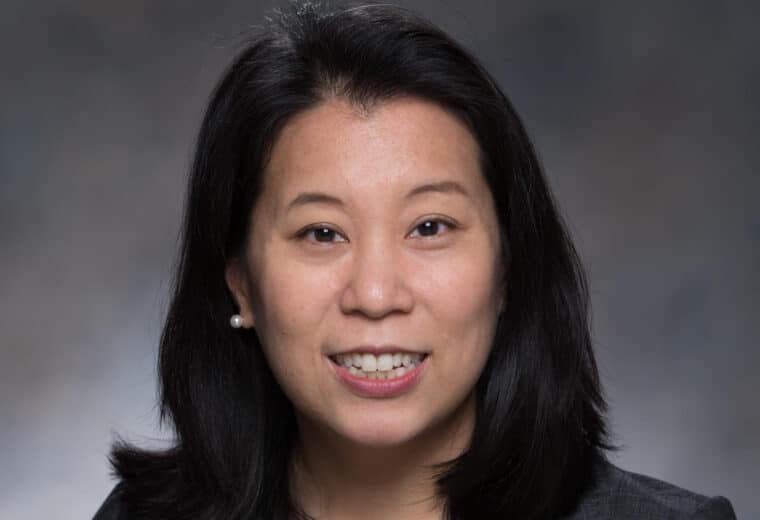
Capturing DNA Origami Folding with a New Dynamic Model
Coarser modeling approach allows researchers to better understand the process by which DNA folds into engineered nanoscale structures to speed innovation
We’re sorry—the news story you were looking for has been archived.
Please see the most recent stories below.

Coarser modeling approach allows researchers to better understand the process by which DNA folds into engineered nanoscale structures to speed innovation

Heileen Hsu-Kim is a leading figure in the study of how environmental contaminants move across the landscape and impact human health

When Becky Simmons first got to Duke in the 1990s, she wouldn’t have guessed it then, but a future awaited her that included graduate school, a husband, two daughters, professorship and ties that would bind them all to Duke for decades.